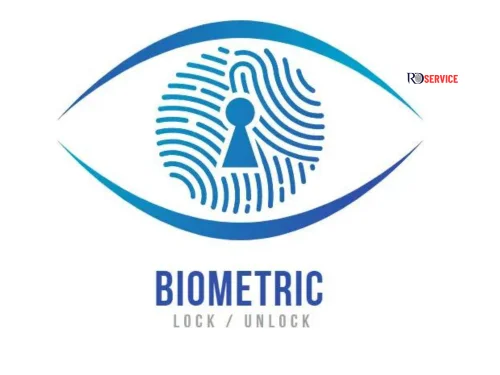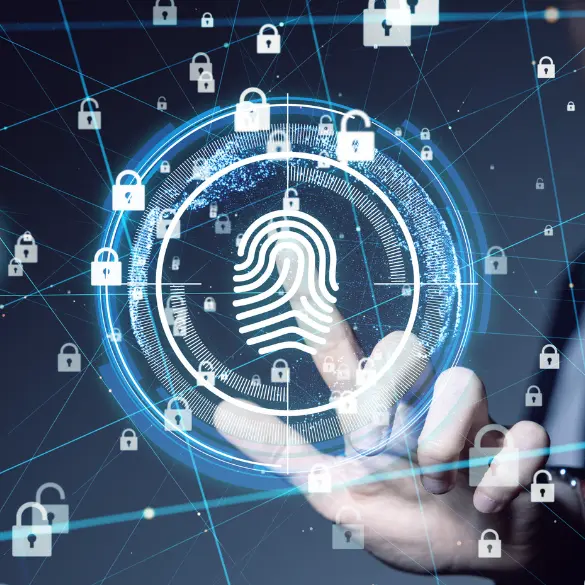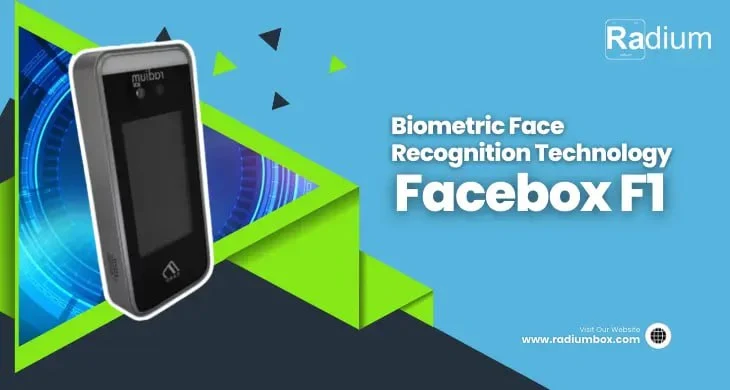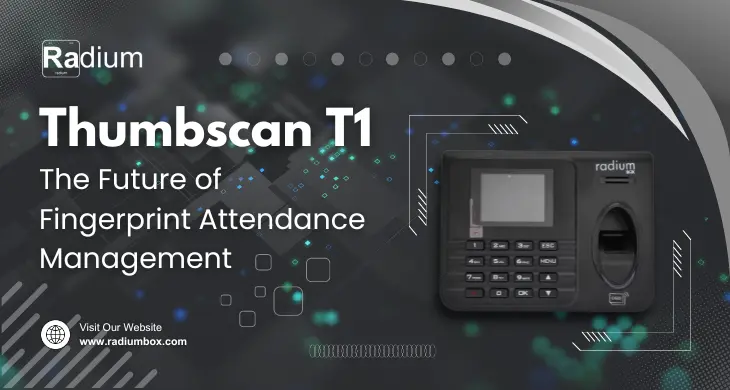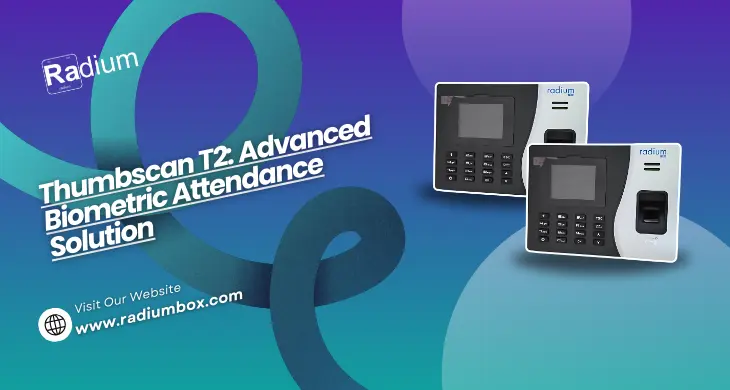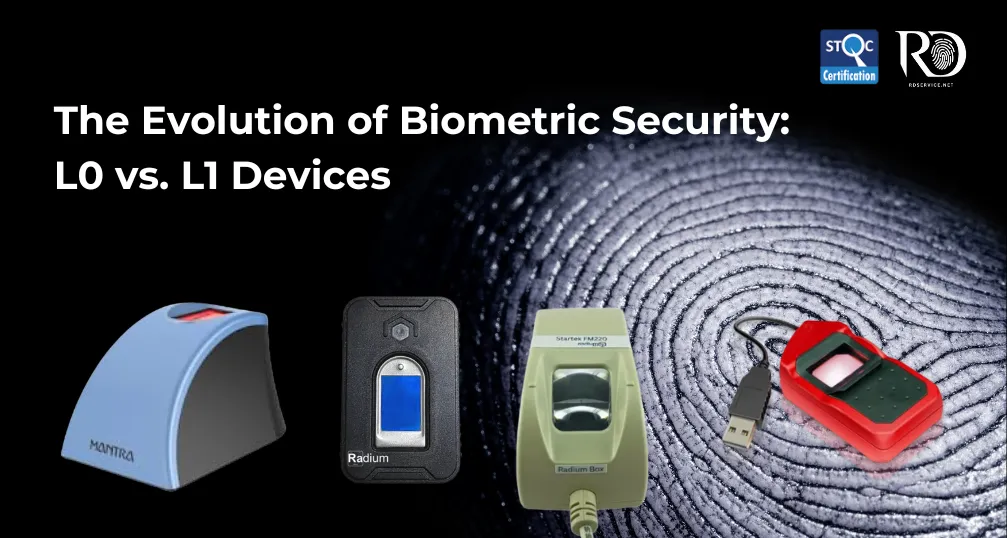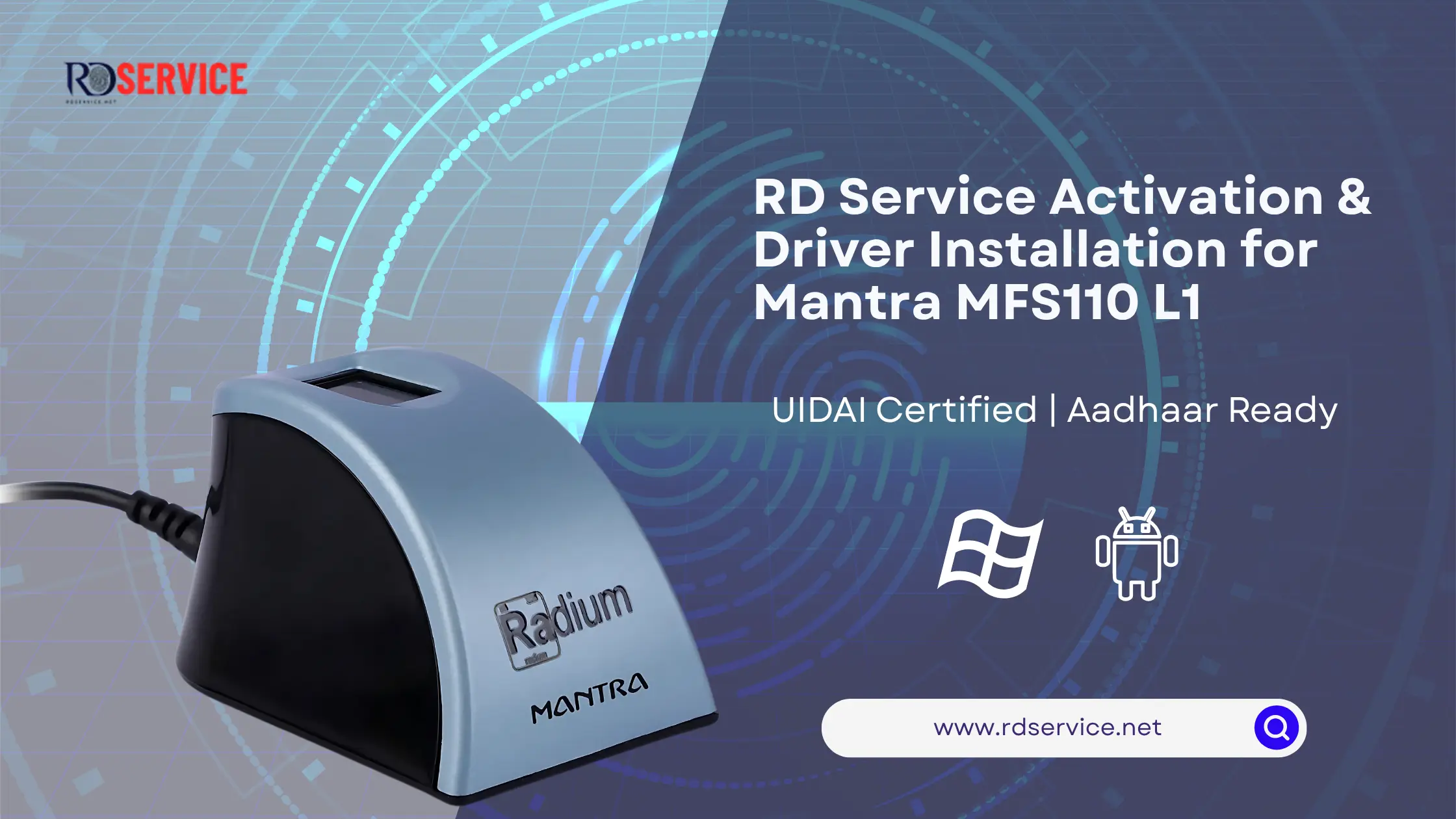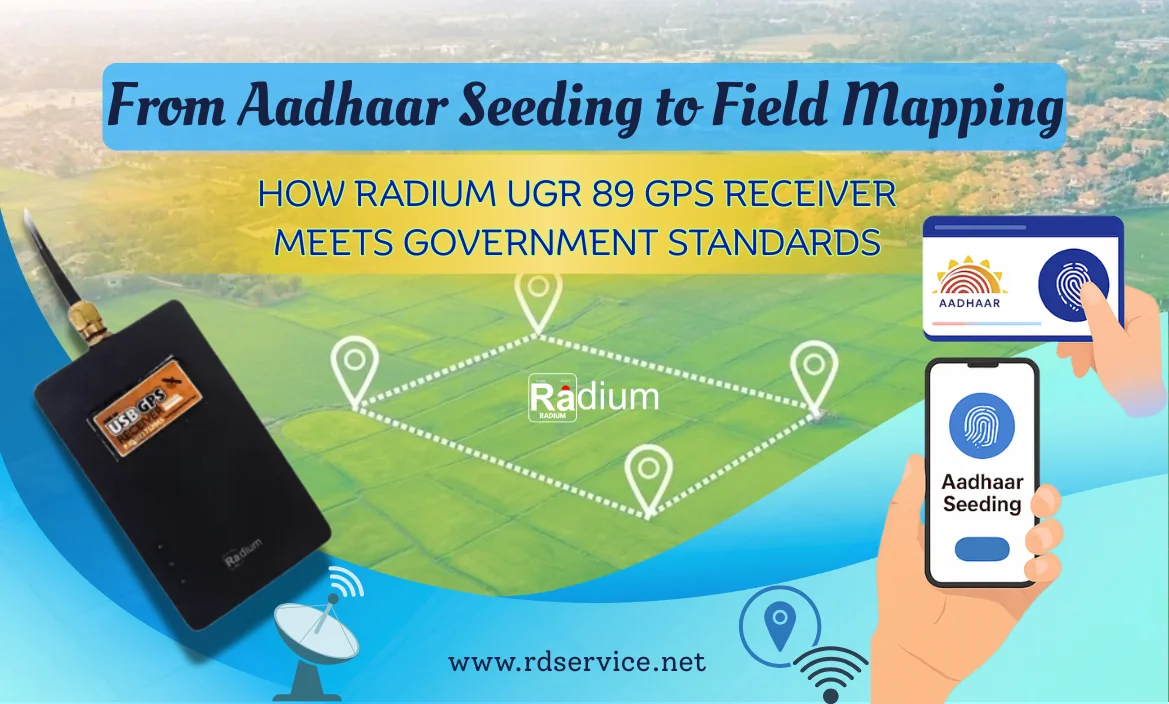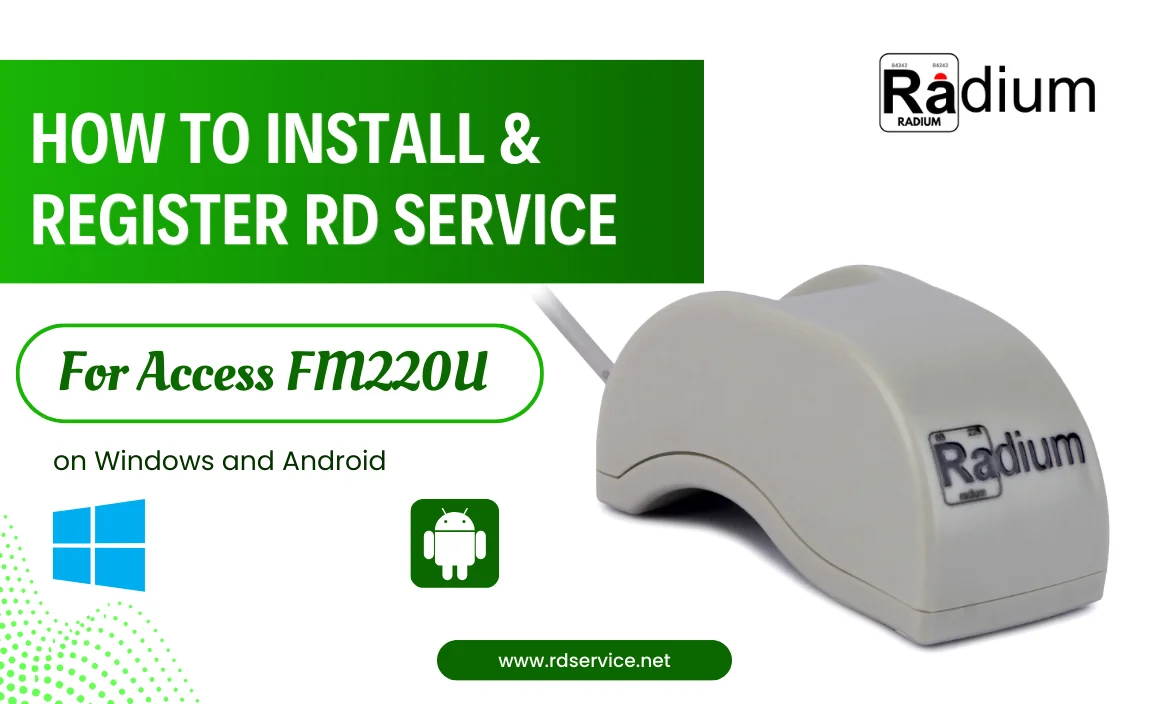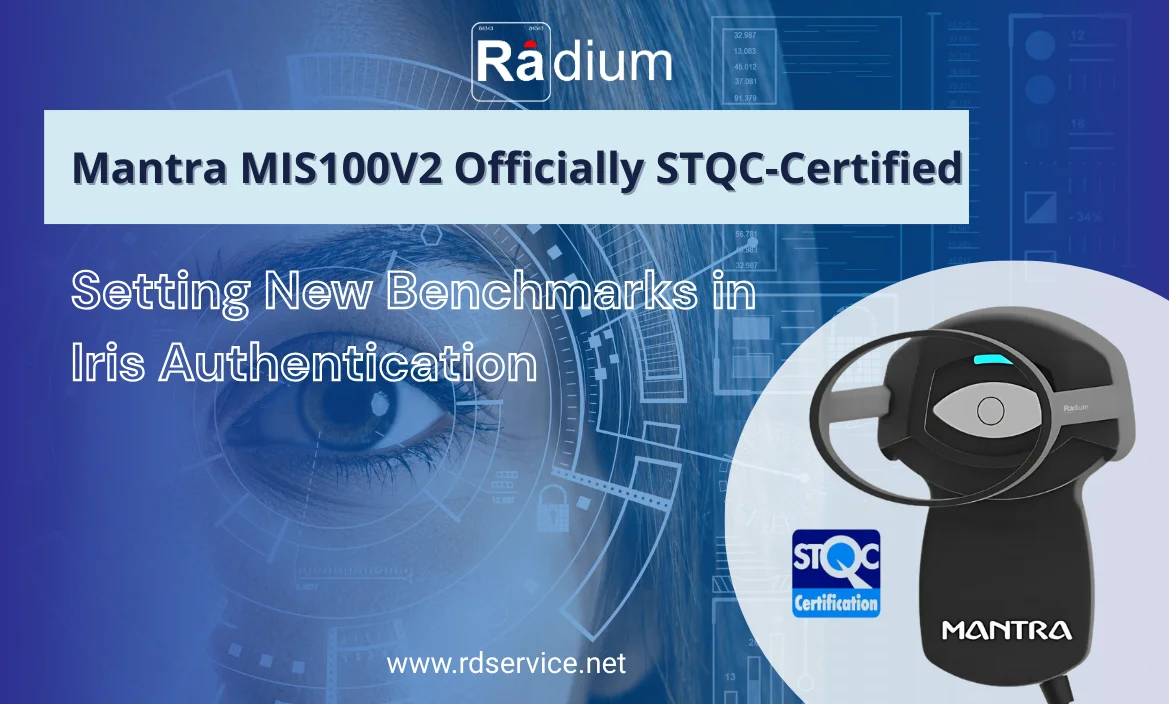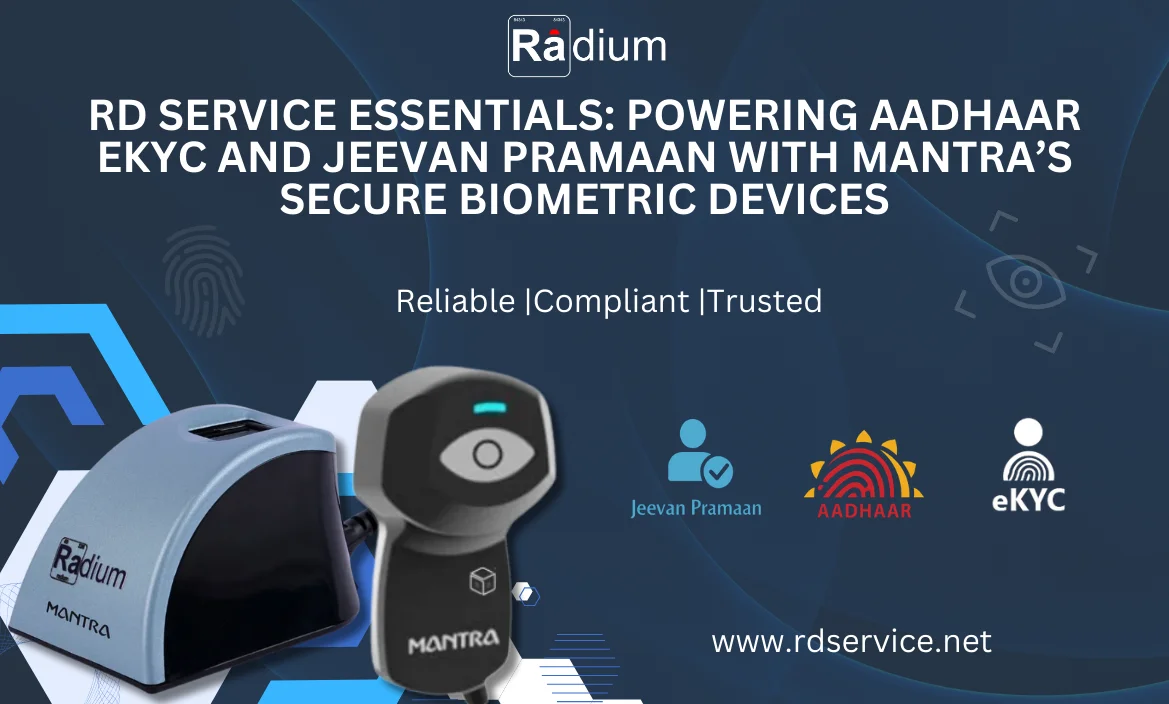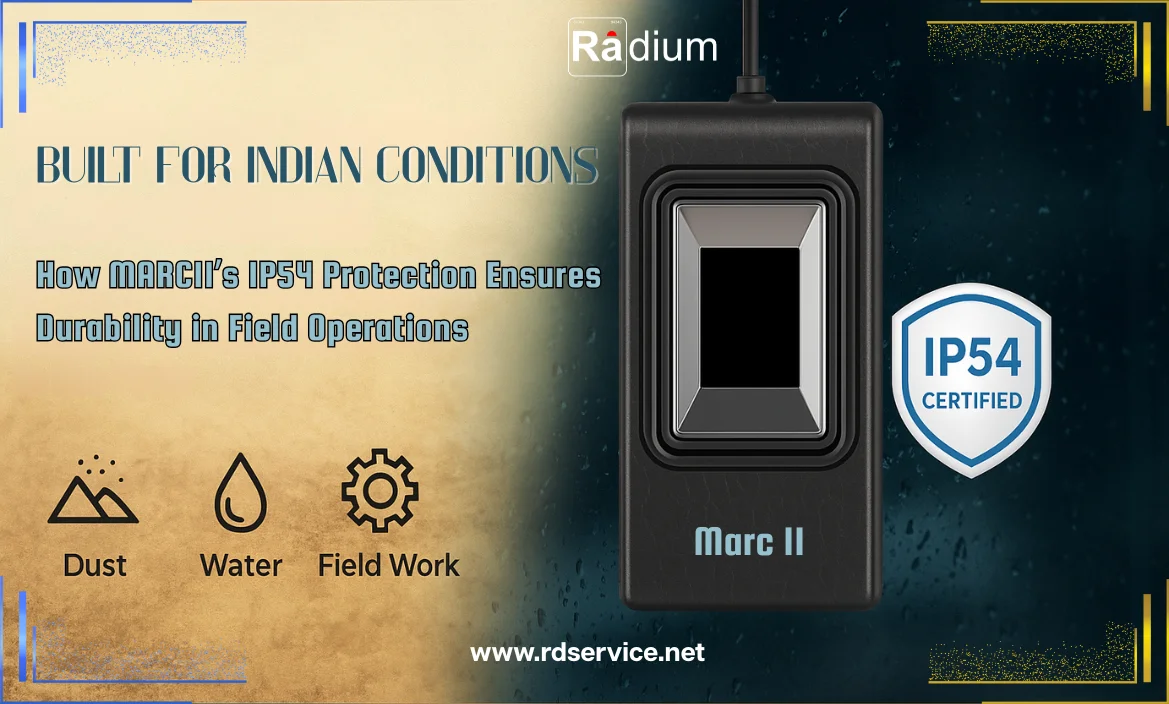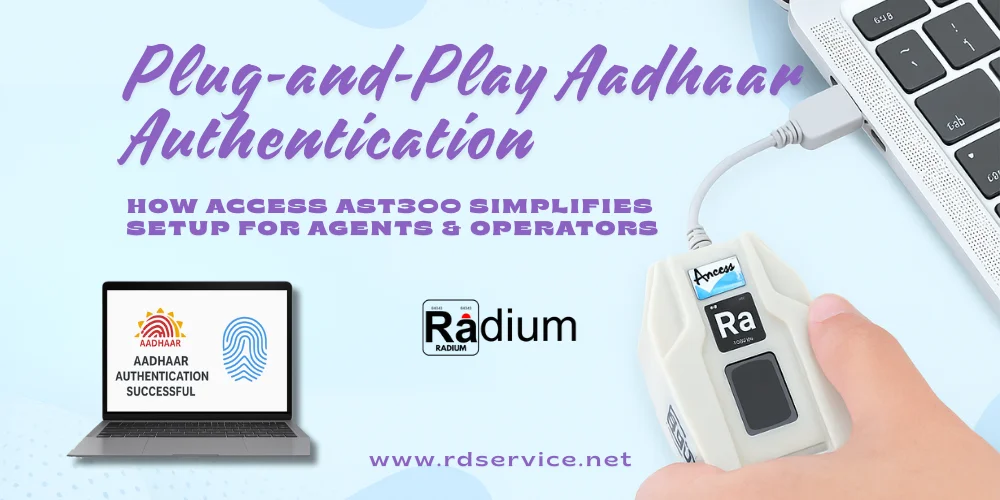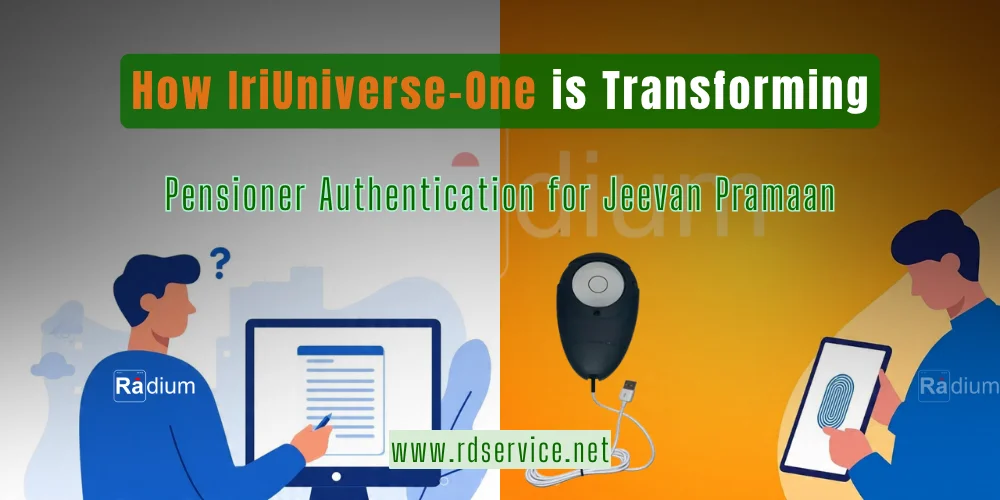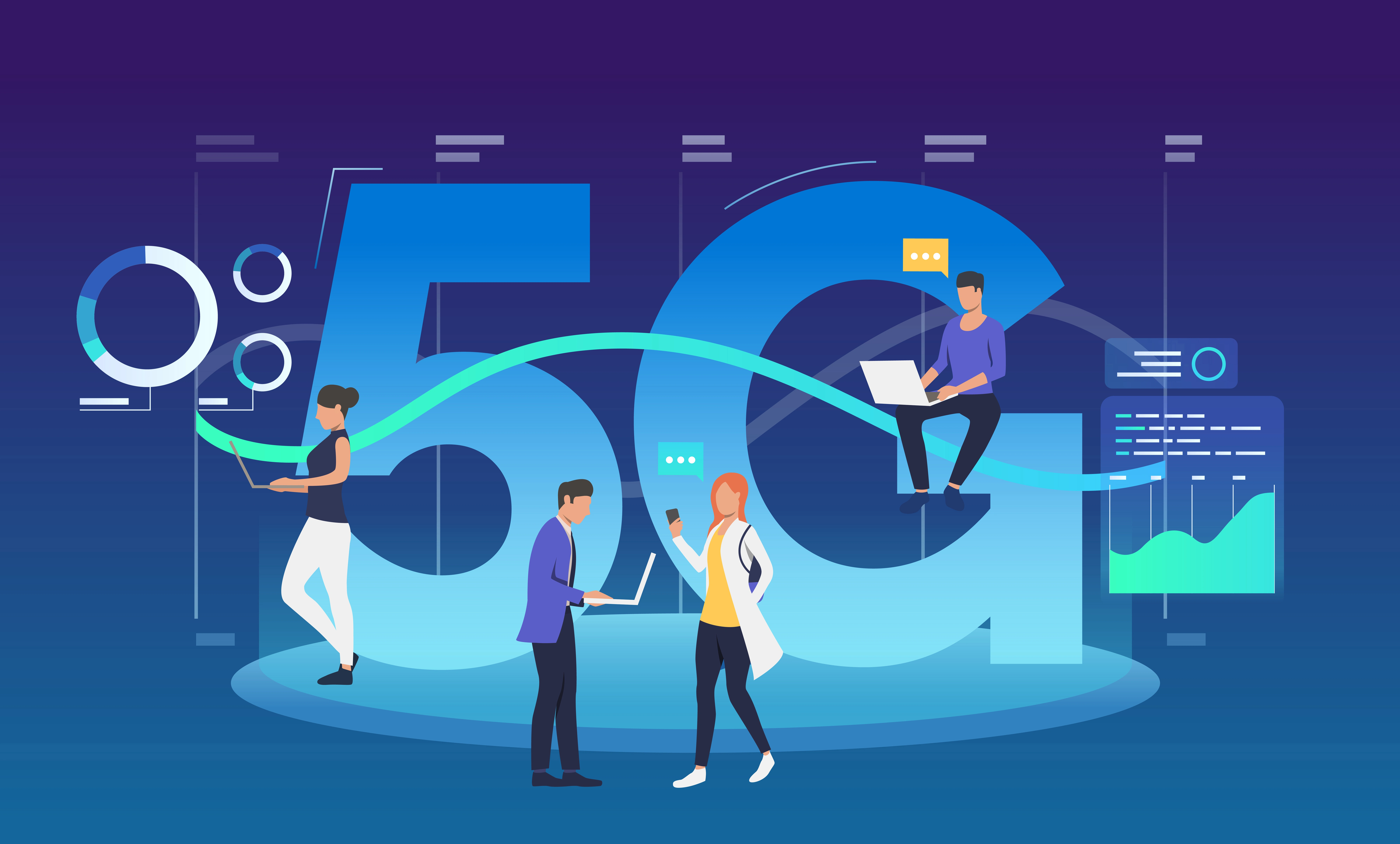
Introduction:
The main development in the digital world revolution is 5G. It's how we establish connections quickly enough to automate our lives and simplify our work. The Internet of Things (IoT) will grow in popularity, remote process control will be more effective thanks to 5G, and it will also improve international trade.
However, a low-latency data network requires security, which is why biometric security devices are the main focus. Biometrics will remain the cornerstone of security in 5G, more so than in earlier iterations. See how that plays out in this blog.
What is the significance of biometric security in 5G?
The upcoming wireless technology, known as 5G, is anticipated to deliver a variety of brand-new features and capabilities that will transform the way we live and conduct business.
The industries that connect people, networks, enterprises, and the virtual world (such as the metaverse) globally will soon be ruled by a new sort of gadget. Biometric security devices will be necessary for these gadgets to be verified before use. By achieving network security, biometrics will guarantee device safety.
With the implementation of 5G, the use of biometric security devices, which are already used in many industries, will accelerate. This is due to a number of factors, including the fact that 5G will make it possible for a vast array of apps and services that demand secure authentication.
The fact that 5G technology will enable substantially higher amounts of data transfer than previous generations is another reason why biometric security will be more important in that environment. As a result, there will be a greater need to protect data against theft or interception.
Significance of L1 biometric scanners in the 5G era:
The L1 biometric scanners are made to safely authenticate software for international platforms, transactions, networks, etc. The end-user device-based authentication method restricts the transmission of a person's biometric information to other networks or devices. To gain access, these devices only communicate with the application using a regular authentication password.
The L1 devices enable speedier authentication without requiring a connection to a server or cloud, making them perfect for low-latency 5G data transfer. The standard will enhance virtual communication, card usage, blockchain, and financial transactions.
A new era that focuses on edge computing and limits the quantity of data transported to the cloud may be brought about by 5G. We can reduce latency and retain sensitive data on the user's local device by transferring data to the edge.
Biometric sensors, for instance, are integrated into IoT devices to identify and verify users and essentially replace the traditional password. Sensitive information can also be identified using biometrics.
Biometric processing and protection under legal frameworks like the GDPR are becoming more stringent. For the time being, would 5G and real-time biometric signals at the edge establish a world where the body serves as a secure password that can be both recognised and protected?
The Biometric Advantage:
Biometric authentication holds a distinct advantage over traditional security methods due to its unique approach in verifying individuals' identities. This advantage stems from several key characteristics:
- Enhanced Security: Biometric data relies on an individual's distinct physiological or behavioral traits, such as fingerprints, facial features, or voice patterns. These characteristics are highly unique and nearly impossible to replicate, providing a robust layer of security. Attempting to mimic or forge biometric data is significantly more challenging than guessing a password or PIN.
- Convenience: Biometric authentication offers an unparalleled level of convenience to users. Unlike traditional methods that require memorizing complex passwords or PINs, biometrics enable individuals to prove their identity effortlessly. A simple touch of a fingerprint or glance at a camera can swiftly grant access, making interactions with devices and systems smoother.
- Speed: Biometric authentication processes are swift and efficient. In the fast-paced world of 5G communication, where every second counts, biometrics align perfectly with the need for rapid access and secure transactions. Users can be authenticated within mere seconds, reducing delays and enhancing productivity.
Biometrics in Action:
Biometrics, the science of identifying individuals based on unique physical or behavioral traits, is revolutionizing various aspects of our lives. From safeguarding our digital devices to enhancing security at airports, biometrics is making its mark in numerous applications:
- Mobile Device Security: Biometric authentication methods like fingerprint scanning and facial recognition have become commonplace on smartphones and tablets. Users can unlock their devices, authorize payments, and secure sensitive data with a simple touch or glance.
- Airport Security: Airports worldwide are adopting biometric systems to streamline passenger processing. Biometric scans of faces or fingerprints speed up check-ins, security screenings, and boarding, reducing wait times and enhancing overall travel experiences.
- Financial Services: Banks and financial institutions are increasingly relying on biometrics to bolster security. Customers can access their accounts, make transactions, and verify their identities using biometric data, reducing the risk of fraud.
- Healthcare: Biometrics plays a vital role in patient identification and record-keeping in healthcare settings. It ensures that patient data remains accurate and confidential, improving the quality of care.
- Access Control: Many organizations use biometrics to manage access to their premises. Employees can use biometric scans to enter secure areas, enhancing physical security.
Challenges and Considerations in Implementing Biometric Security:
While biometric technology offers significant advantages in enhancing security and convenience, its implementation is not without challenges and considerations. Here are some key aspects to keep in mind:
- Spoofing and Fraud: Biometric systems can be vulnerable to spoofing or fraud attempts. For example, facial recognition can be fooled by photos or videos of a person. Implementing liveness detection and anti-spoofing measures is crucial.
- Costs and Scalability: Deploying biometric systems can be expensive, especially for large organizations. Costs include hardware, software, training, and maintenance. Ensuring scalability to accommodate growth is vital.
- Integration: Integrating biometric solutions into existing systems and processes can be complex. Compatibility issues, especially in legacy systems, may arise and require customization.
- Diversity and Inclusivity: we should design Biometric systems to accommodate diversity in human traits. For example, facial recognition systems should work well across different ethnicities and genders. Inclusivity considerations are crucial.
FAQS:
Q1: What are biometric devices, and how do they work in the context of the 5G world?
A- Biometric devices are hardware or software tools that use unique physical or behavioral characteristics of individuals for identification and authentication. In the 5G world, these devices leverage high-speed, low-latency connectivity to enhance security and convenience. They work by capturing biometric data (such as fingerprints, facial features, or voice patterns) and comparing it to stored templates to verify a user's identity.
Q2: How do biometric devices benefit from 5G technology?
A- 5G offers faster data speeds and reduced latency, making real-time biometric authentication more efficient and reliable. Biometric devices can quickly transmit data to authentication servers and receive verification responses, enabling seamless and secure access to various services and devices.
Q3: Are biometric devices more secure than traditional authentication methods in a 5G environment?
A- Biometric authentication is generally considered more secure than traditional methods like passwords or PINs. Biometric features are unique to each individual, reducing the risk of unauthorized access through theft or sharing. Additionally, 5G networks provide secure communication channels, further enhancing the overall security of biometric authentication.
Q4: What are some common use cases for biometric devices in the 5G world?
A- Biometric devices find applications in various sectors, including mobile devices, healthcare, finance, and access control. Examples include unlocking smartphones with facial recognition, securing mobile payments with fingerprint scans, and enabling touchless access to buildings using palm vein recognition.
Q5: Are there privacy concerns associated with biometric devices in the 5G era?
A- Yes, privacy is a significant consideration. Biometric data is highly personal, and its collection and storage must comply with stringent privacy regulations. Users must be informed about how their biometric data is used and protected to ensure trust and compliance with privacy laws.
Conclusion:
In the 5G era, where security threats are more sophisticated than ever, biometric devices emerge as a beacon of hope. Their ability to provide enhanced security, coupled with convenience and speed, positions them as a crucial component of our connected future. As organizations and individuals embrace the possibilities of 5G, integrating biometric authentication into our digital lives will be paramount in ensuring a secure and resilient digital ecosystem.
